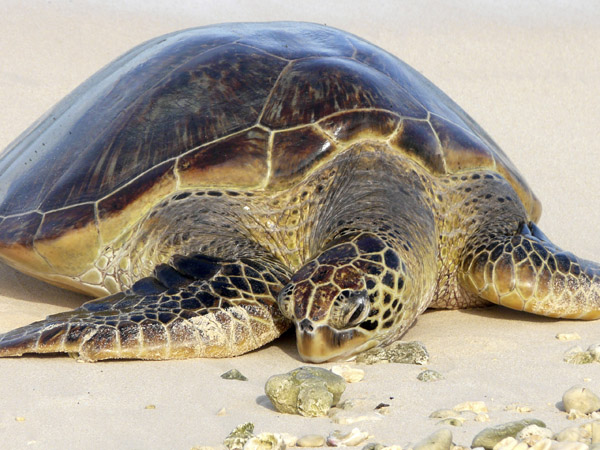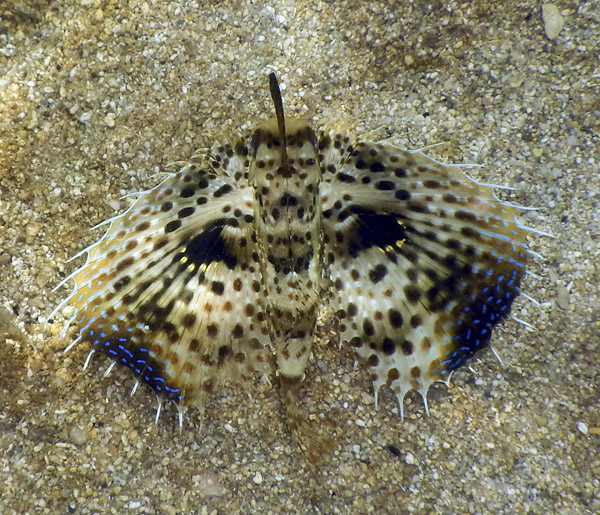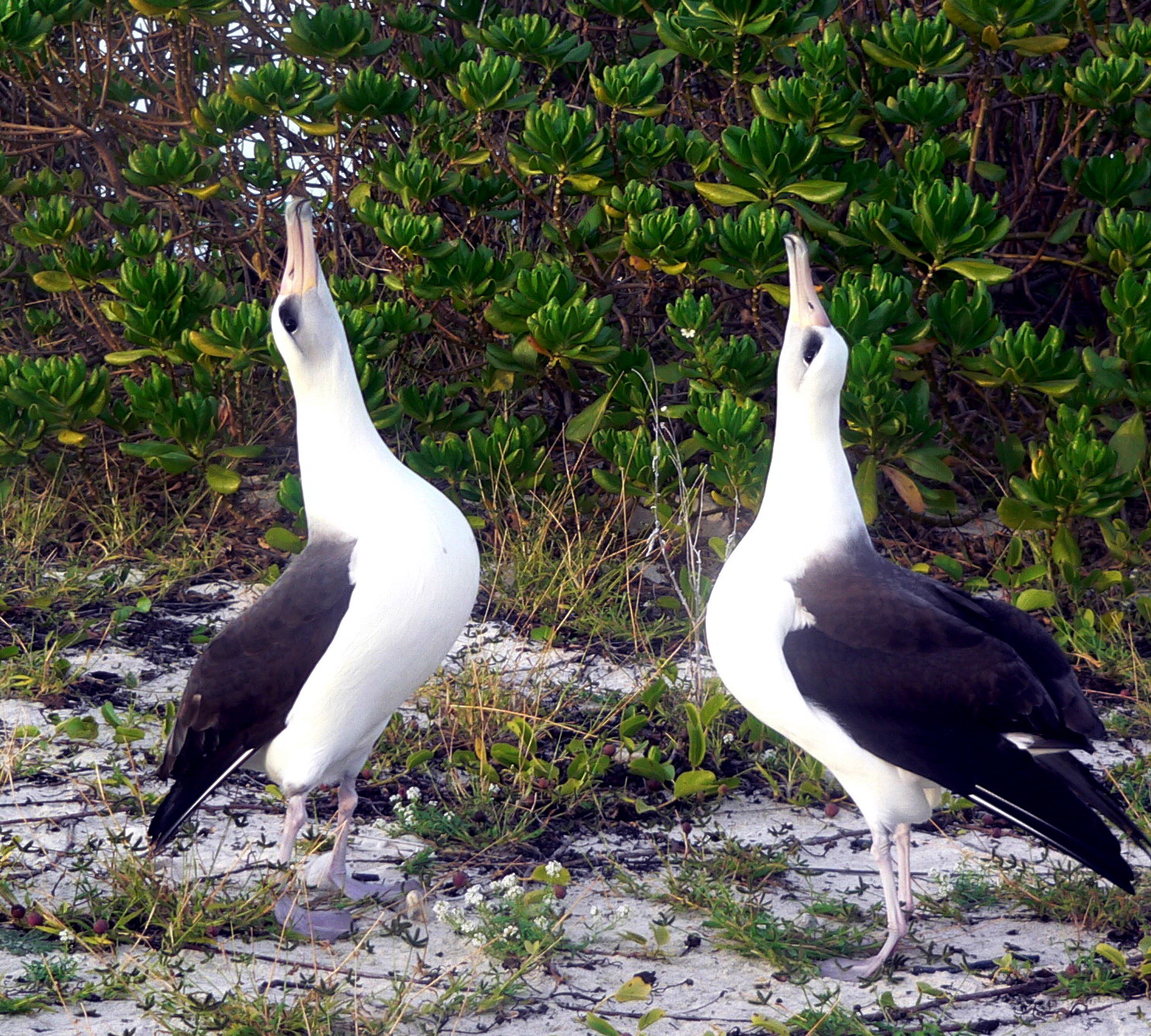Published in the Ocean Watch column, Honolulu Star-Advertiser © Susan Scott
February 9, 2015
My recent turtle and albatross columns, plus a fish bloom, prompted readers to email me some of their own encounters with marine animals.
Not all the stories were positive. One man threatened to sock a turtle lover with a sinker for asking the angler to fish somewhere besides a turtle hangout. Even so, all the stories are encouraging. They show that people care.
In my turtle rescue column I gave two phone numbers to call to report Oahu’s injured turtles. The rescue numbers have been updated to include all of the Hawaiian Islands. The following website gives current turtle rescue numbers for all islands: www.fisheries.noaa.gov/report#pacific-hawai’i (or just search Stranded marine animal Hawaii)
The monk seal stranding number is now the same as for turtles: 888-256-9840. There are other numbers to call for help listed on the website. Please update your cell phone contacts with this website and the phone numbers there.
One reader saw a Japanese tour group taking pictures not 5 feet from a monk seal at Kaena Point. She explained that people must stay at least 150 feet from resting seals, but the visitors didn’t understand. Her good suggestion is that the English signs in the preserve should also be in Japanese and Chinese.
Another Kaena Point concern was that nesting albatrosses were being disturbed by students weeding and planting inside the closed area. The reader worried because the birds were flying and vocalizing far more than in the past.
Having worked with albatrosses, I’m confident that the planters were not disturbing the nesting birds. Albatrosses evolved without predators and don’t fear humans — or hardly anything else.
Years ago on Midway, when the Navy still managed the atoll, I watched nesting albatrosses sit calm and collected as workers rode roaring lawn mowers in circles around the birds’ nests.
The exuberant activity at Kaena right now is from young albatrosses singing and dancing to attract a lifetime mate. The partying is a sign the colony is growing because the birds that pair off at Kaena this year will return next year to raise chicks.

And finally, several readers wrote to report sightings of flying gurnards. The fish don’t fly. Their name comes from winglike fins that fan the ocean floor to uncover shrimp and crabs.
Last fall Hawaii’s flying gurnards had such a population explosion that in some places they were washing ashore.
Think of the pictures you took of these usually rare fish the way I do my letters from readers: as gems to save.
Thank you all for taking the time to write.

